The solar panel, consisting of photovoltaic cells, converts solar energy into electrical energy. This device, which consists of semiconductor materials, absorbs light from the sun and allows electrons to move. In this way, electricity generation takes place. Panels are the most important part of PV, ie Photovoltaic systems, and are used in factories, commercial buildings, living spaces and many areas. These panels, which appear in 4 different ways as thin film solar panels, polycrystalline panels, double-sided panels and monocrystalline panels, bring many advantages.
These panels, which are a renewable energy source as they provide unlimited energy from the sun, are long-lasting. Solar panels, which can be used up to 30 years with regular maintenance, are a clean energy source thanks to their low carbon emission. It should not be forgotten that the panels, which are known to cause less damage to the environment compared to fossil fuels, reduce energy costs. Photovoltaic cells consist of main elements such as protective glass, aluminium frame and back coating.
What is Solar Panel?
The solar panel, which enables the photons coming from the sun, that is, the particles of light, to turn into electrical energy, consists of photovoltaic cells. Although it has always been an environmentally friendly and renewable resource, it has started to become popular today. Solar panels used to generate electricity in commercial facilities and residences have now become widespread throughout the world.
When we look at the structure of the panel, 4 basic elements appear. Firstly, Photovoltaic cells are special components that absorb light from the sun and generate electricity. It is generally produced from silicon and serves to convert it into electrical energy. Protective glass is the unit that protects these cells and allows light to reach the cells. While the aluminium frame provides mechanical support to the panels, the back coating protects the panel from environmental factors. Finally, the panel also includes connection boxes and cables.
The components of solar energy systems are listed as panels, inverter, charge controller, mounting systems and batteries. In addition to the panels, which are the centre of electricity generation, direct current is converted into alternating current thanks to the inverter. The charge controller makes energy regulation while protecting the batteries. Batteries are located to collect the energy in the system.
The solar panel can be preferred in different ways according to the preferred cell technology and type. These are
- Double Sided Panels: Panels that collect sunlight from the back and front surfaces. It is generally preferred on surfaces where the sun is reflected in order to increase total energy efficiency.
- Thin Film Panels: The production cost of these panels, which perform very well in low light conditions, is low. Their efficiency is between 10% - 12%. Although it has a flexible structure, it is still composed of thin-layer semiconductor materials
- Polycrystalline Panels: Polycrystalline panels with efficiency ranging between 15% and 17% are generally preferred in large areas. More than one silicon crystal is used in their production.
- Monocrystalline Panels: Although the cost is high, these panels, which offer high efficiency, still have high energy production. Monocrystalline panels, whose efficiency increases up to 22%, provide the advantage of long-term use.
How Do Solar Panels Work?
Bu panels convert the energy received from the sun into electricity, while these systems, which create the photovoltaic effect, operate with physical and chemical reactions. In summary, photons in sunlight hit the semiconductor materials in the panel and thus electrons are released. After this process, electric current is generated. Detailed information on how solar panels work is listed below.
- Photovoltaic Cells: These cells are the main element of the solar panel. It is produced using silicon, one of the semiconductor materials. Although it has a special structure, its most important feature is that it interacts with photon particles and has the ability to release them.
- Light Absorption Process: Light particles from the sun first hit the photovoltaic cells. These lights are then absorbed by the semiconductor material. If the energy level of photons, i.e. light particles, is high, electrons are mobilised.
- Electrons Release Process and Current Generation: Electrons are released when photons hit the photovoltaic cells. Electrons travelling in N and P type semiconductor layers then generate current. While moving towards the layers, voltage is generated between the two ends of the panels.
- Transport of Electric Current: After the electrons are released, the resulting current begins to be carried out of the panel. The resulting electric current is then collected through the electrical circuit and starts to become ready for use. High efficiency is achieved when the panel system combines multiple photovoltaic cells. In addition, while each cell produces a few watts of electricity, higher power levels occur after coming together.
- Current Conversion: The electricity generated is initially in the form of DC, ie direct current. However, the electricity preferred in living spaces and workplaces is preferred as AC, ie alternating current. Therefore, direct current must be converted into alternating current. This conversion is completed through the machine called inverter in the panel.
- Energy Storage: Optional batteries can be used to store excess energy in solar panels. Thanks to the batteries, excess electricity is stored and stored in periods when there is no sun.
Working Principle of Solar Panels
The working principle of solar panels is to convert the photons reaching from the sun into electrical energy. In photovoltaic cells, the process is completed with the electric current that occurs as a result of the photon and electron interaction as above. The resulting electricity is initially in the form of direct current. Thanks to the inverter device in the panels, this electricity is converted into alternating current and is now available. Excess energy can be stored in batteries or sold to the grid.
These panels, which have many usage areas, have taken their place in home and commercial facilities. In addition, solar panels, which we encounter in agricultural activities, are also preferred in off-grid applications. In other words, it can be applied to meet the electricity needs in rural areas where there is no electricity grid. Finally, there are now portable panels. Its popularity continues to increase day by day as a renewable energy source in caravans or camps.
What Materials are Solar Panels Made of?
PV cells are the basis of solar panels. Photovoltaic cells are the most basic component of the electricity generation phase. In addition, the materials used in the construction of the panels affect the durability, efficiency and how long these cells will be used. Apart from photovoltaic cells, information on the materials from which solar panels supported by some structural materials are made is as follows;
-
Photovoltaic Cells: It is defined as the dynamo of solar panels. It converts light directly into electrical energy. It is made of semiconductor materials. In this context, monocrystalline silicones are produced from single crystal silicon. It has high efficiency and allows long-term use. Polycrystalline silicones are low cost but efficiency is slightly low. Thin film materials are used instead of silicon.
-
Protective Glasses: There is a specially produced glass on the front face of the panels. This material, which is in the form of tempered glass, is designed to pass the beam at the highest level. On the other hand, it also functions to protect photovoltaic cells from external factors. While showing high strength, it continues to protect the outer surface of the panels for many years.
- Encapsulant Material: Encapsulant, i.e. a coating layer, is left between the glass and the cells to protect the cells. This material protects the cells from all environmental factors. It is produced from materials such as EVA or PVB. While ensuring the smooth operation of the cells, it also provides structural support.
- Metal Frame: It is used for fixing panel systems. It is generally produced from aluminium material. It provides mechanical strength while facilitating the assembly time of the panel. The reason why it is aluminium is that it provides resistance against corrosion. It also offers the advantage of durability during installation and transport of panels.
-
Backsheet: The rear part of the panels is covered with a backsheet, i.e. Backsheet, in order to protect from environmental factors. Backsheet material is produced from an insulating plastic. The backsheet, which protects the cells from moisture and all other factors, especially UV rays, also allows the panels to be used in the longer term. The most widely used coating material today is known as TPT.
- Junction Box: The junction box is used to transport the electricity generated in the panels to external circuits. The main task of this box connecting the panel to the electrical systems is to manage the electric current. It contains cables carrying DC, ie direct current generated in the panel. Diodes are also located here. In addition, it protects the panels against electrical overload.
- Cables and Diodes: Conductive materials ensure that the generated electricity is transported to the grid and batteries. Thanks to the thin metal strips, which can be copper or silver, the panel continues to work more efficiently.
-
Semiconductor Materials: Semiconductor materials, the basic component of cells, have the ability to conduct electricity. After the light from the sun hits this material, electrons are released and current formation occurs. The most widely used semiconductor material is silicon. It is highly efficient and durable. Cadmium Telluride is used in thin film panels. Copper, Indium, Gallium and Selenide are among the semiconductor materials used in thin film panels.
These materials should be carefully selected for the long life, efficient operation and durability of the panel. Because the preference of high quality materials ensures the stable operation of the panels for many years. In addition, it should not be forgotten that it provides full protection against environmental factors.
How to Calculate the Efficiency of Solar Panels?
Calculating the efficiency of solar panels is done to understand how effectively the energy received is converted into electrical energy. The efficiency is expressed as a percentage, which shows how much electricity is produced from the beam falling on each unit area of the solar panel.
When calculating the efficiency, firstly Pmax, i.e. the maximum output power is looked at. This value is usually shown in W (watts). It can be found in the data sheet of the panel. It is also defined as the highest amount of electricity that the panel can produce under standard conditions. At this stage, the incoming sunlight power is also included in the calculations. It is accepted as 1000 watts/square metre under standard test conditions. The resulting value refers to the power of light incident at right angles to the surface of the panel. Panel area is also included in the calculations.
The following example can be examined to calculate the efficiency of solar panels;
- Panel dimensions are 1.6 metres long and 1 metre wide
- With an output power of 300 watts
- In a panel with a sunlight power of 1000 watts/square metre, the panel area is 1.6 metres x 1 m = 1.6 square metres.
Efficiency is calculated by dividing the output power by the sunlight power and multiplying by 100. In this case, the resulting value will be 18.75.
Where are Solar Panels Used?
The usage areas of solar panels are becoming widespread day by day. The applications of these panels, which are preferred in different areas in order to meet the energy needs sustainably, have also diversified. While domestic use is becoming widespread, it is possible to come across solar energy panels on roofs. Thanks to these panels placed on the roof of the houses, electricity generation is realised and energy needs are met. The resulting excess energy can be sold to the grid. It can also be preferred as a water heating system for domestic use.
Solar panels are also preferred in commercial and industrial areas. These systems, which are used to reduce energy costs in factories, meet the electrical energy required by the factory during the production phase. In addition, commercial buildings such as hotels, shopping centres and office buildings can also prefer these systems to reduce consumption. In general, solar energy systems are focused on today in order to obtain green building certification.
It is known that the agriculture and greenhouse sector also includes the use of panels. Solar energy is used in this sector to meet the electricity needs of the machines and to operate water pumps. Solar energy is also used for heating greenhouses. In rural areas, when there is no access to the grid, solar energy panels are installed and solar radiation is utilised.
Photovoltaic power plants are other areas where these panels are used. Power plants working with cells convert the radiation they receive directly into electrical energy. This generated energy is transferred to the grid and then made available for distribution to public service providers. In addition, CSP, or concentrated solar power plants, concentrate the rays using both mirrors and lenses. This application is preferred for large-scale electric power generation.
Solar panels have now taken their place in the transport sector. In this context;
- Thanks to solar energy, drones that can stay in the air for a long time and fly unmanned are used. In addition, solar-powered aircraft have also started to be developed.
- Solar panels have an important place in the maritime sector. Solar energy is a very economical source for electrically powered ships and boats. Fuel costs are reduced and safe transport is provided thanks to these applications without harming the environment.
- Again, solar-powered vehicles can travel long ranges. Solar panels are used to charge the batteries of electric vehicles.
Solar panels are defined as a very important energy source for space technologies. Because sunlight is constantly present in space and thus satellites are exposed to unlimited sunlight in space. It can be said to be a very suitable energy source. Again, panels come to the fore in order to meet the energy needs of large structures such as space stations.
Thanks to solar panels, the number of solar-powered devices is increasing. With solar energy, which has become widespread in a serious area from bags to projectors, from fans to clocks;
- Chargers
- Lamps
- Watches
- Cameras
- Projectors
- Devices such as heating and cooling systems can be charged.
How to Reduce Electricity Bill with Solar Panels?
Electricity bills can be reduced with solar panels or electricity production can be realised by directly using solar energy. Converting the beam from the sun into electrical energy actually provides serious savings. In addition, the cost of electricity continues to decrease in the long term.
Firstly, the energy taken from the sun is converted into electricity with these panels in order to meet the electricity needs of homes or workplaces. The amount of electricity taken from the grid is also reduced. Since the electricity produced by the panel is used directly on more sunny days, the consumption that will be reflected in the invoice will also decrease. Since these panels, which produce very efficient electricity during the daytime, reduce the dependence on the grid, the electricity bill continues to decrease.
Electricity bills can also be reduced by selling electricity to the grid. On cloudy days or at night when electricity needs to be purchased, the excess energy sold to the grid can be used. Alternatively, storage can be made thanks to the battery system. Thanks to the batteries that store the energy produced by the panels during the day, it can be used when electricity consumption is high. This will reduce the electricity bill.
Contributions of Solar Panels to the Environment
Solar panels, which have extremely serious contributions to the environment, are among the most important technologies. These panels that protect the ecosystem and natural resources also reduce carbon emissions. Solar panels, which reduce water use while improving air quality, also reduce transport costs and waste. Most importantly, it is a technology that draws attention in the fight against climate change.
- Reduces Transport Costs: Since it can be produced locally, it can be used instantly in places where electricity is needed. This reduces the energy losses that will occur during the transport of fuels.
- Reduces Waste: Oil waste, coal ash and other harmful substances cause great damage to the environment. However, although no harmful waste is produced during solar energy production, it contributes more to the environment thanks to its production from recyclable materials.
- Protects Ecosystems: Unfortunately, natural habitats are destroyed when fossil fuels are released. Many plant and animal species are negatively affected by this situation. However, thanks to solar energy, while the effects on natural life are reduced, habitats are also protected.
- Improves Air Quality: After fossil fuels are burned, sulfur dioxide, particulate matter and nitrogen emerge. These substances seriously pollute the air. When solar energy is used instead of fossil fuels, air pollution decreases. In addition, the decrease in harmful substances released into the atmosphere means a decrease in acid rain.
- Reduces Water Use: Solar panels do not need water while generating energy. Serious environmental advantage is provided in regions where water resources are more problematic.
- Protects Natural Resources: Solar energy, which does not pollute the environment because it is a renewable energy source, is effective in protecting underground and water resources.
- Reduces Carbon Emission: Thanks to solar panels that do not create carbon emissions while generating electricity, zero carbon emissions occur. In addition, since greenhouse gases will also decrease, an important contribution is made in the fight against climate change.
Solar Panel Installation Process and Cost
The solar panel installation process consists of more than one stage. The cost varies according to many situations. In the preliminary preparation and research process, the needs are determined and then permission is obtained according to local permits and regulations. Then, panel selection and system size are decided. Panel selection can be made from more than one type. In addition, the system size is calculated in accordance with the required power output. During the installation phase, the decision-making phase is started by receiving offers from contractor companies or solar energy companies.
In solar panel installation, the assembly process is done first. After the installation of the panel in the designated areas, electrical connections are completed and the system is tested. In addition, placing the panels at the right angle means high energy efficiency. After installation, the system is commissioned by obtaining permits from local authorities. The permit process is not valid for every region. When analysing the cost, the following criteria are considered;
- Type of solar panel
- Size of the system
- Labour costs
- Installation costs
- Equipment costs
- Government incentives
If we look at the average cost;
- From 50 thousand liras in small-scale panel systems
- From 75 thousand liras for medium-sized systems
- In large-scale systems, figures starting from 80 - 90 thousand liras may occur.
Solar Panels Government Incentives and Supports
Some government incentives may come to the fore in solar panels. Financial supports given to encourage such investments are generally reflected as investment and tax deductions. For example, there are VAT discounts for the materials needed in panel system installation. In addition, grant programmes can be organised within the scope of heavy incentives and loans. Again, financial institutions and banks can offer special loan packages for solar energy investments. These loans with low interest rates should be followed up to date.
In our country, there is YEKDEM application in order to support electricity generation. Within the scope of this application, a fixed purchase price is guaranteed for a certain period of time for electricity generated through power plants. This is one of the activities that satisfy investors. Sometimes municipalities can also implement special incentive programmes within the scope of local incentives.


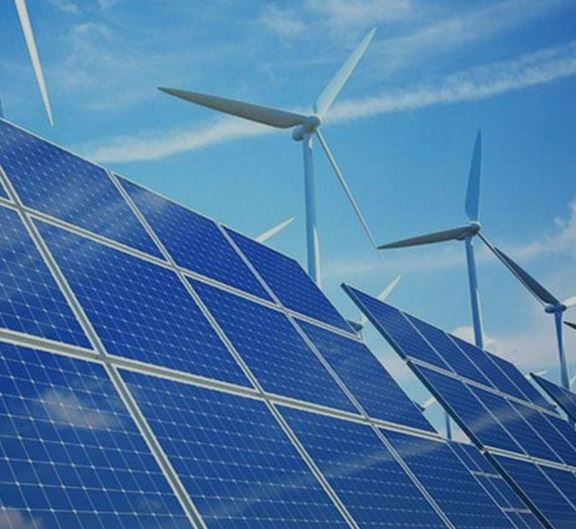
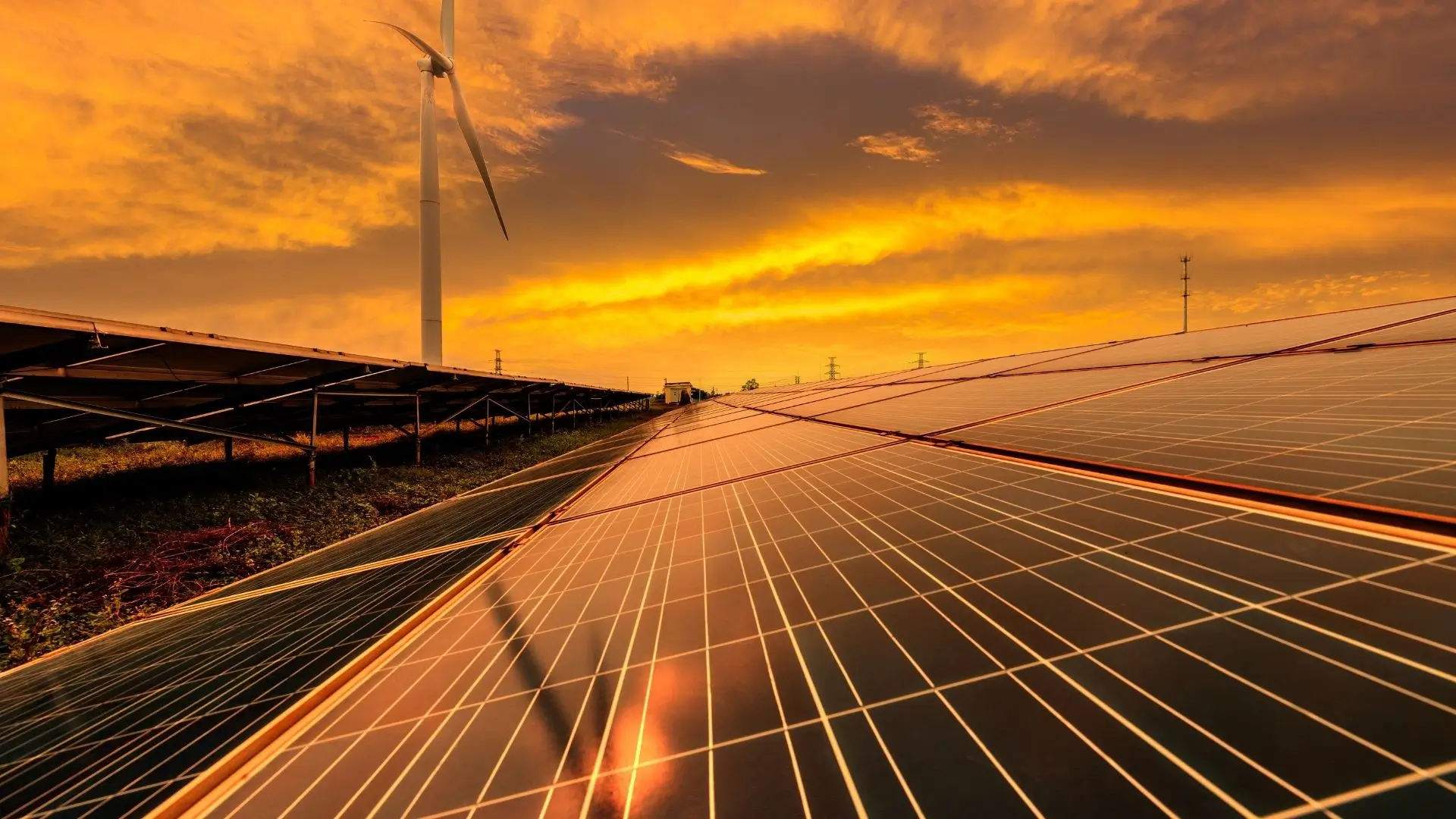
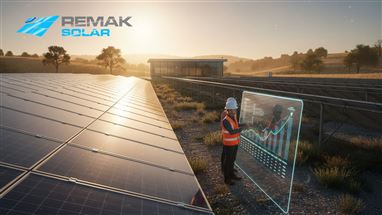
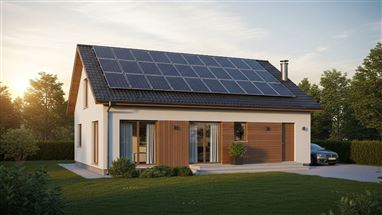
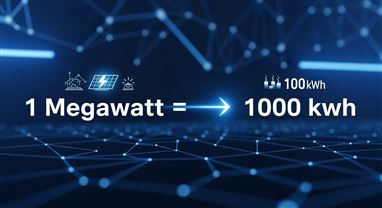
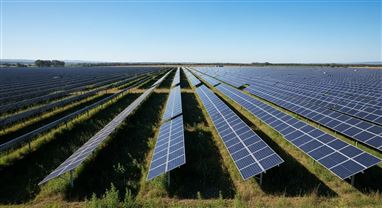
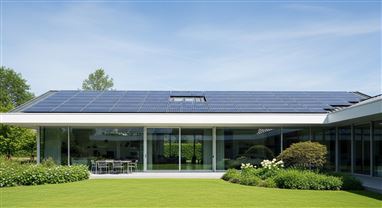
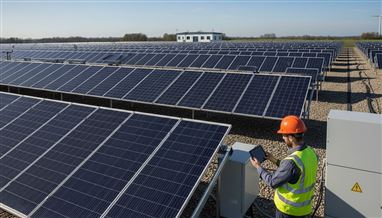
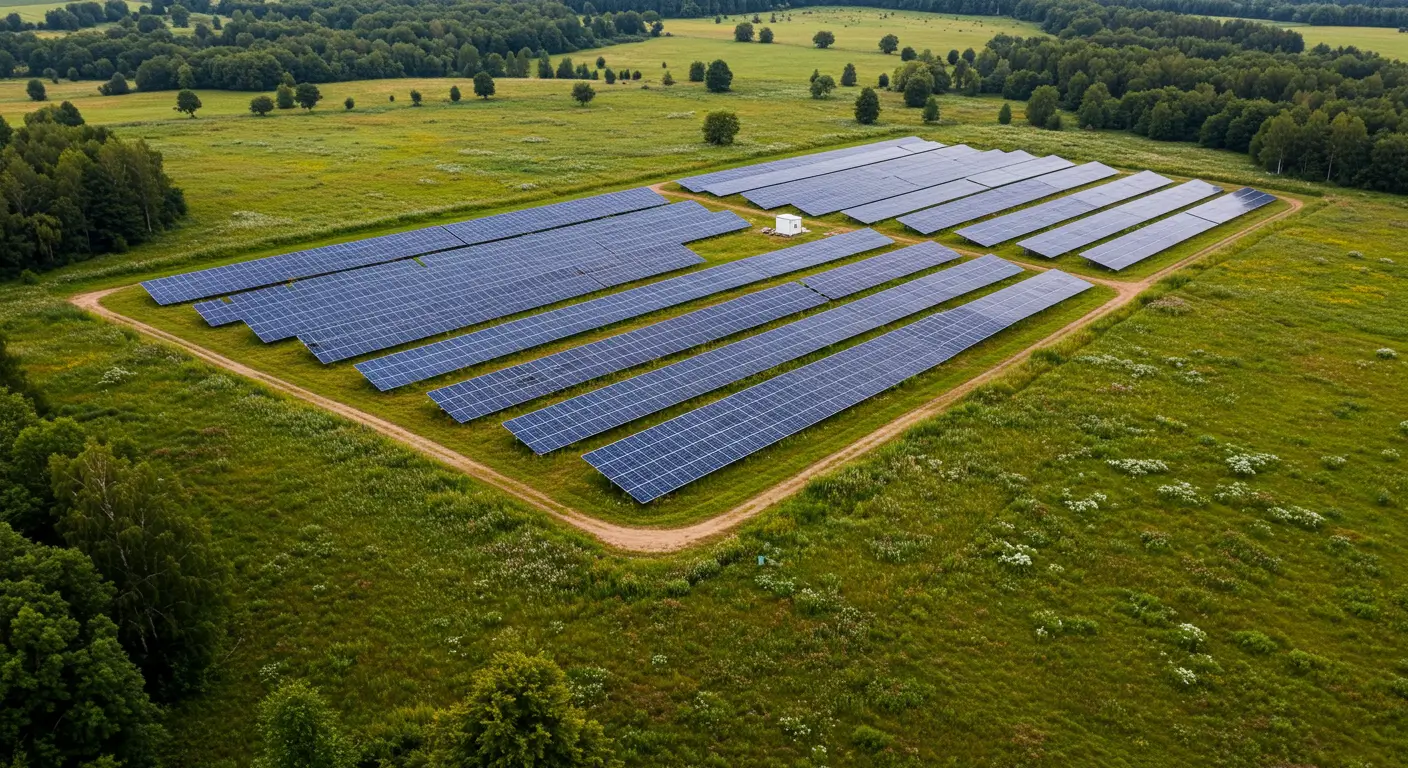
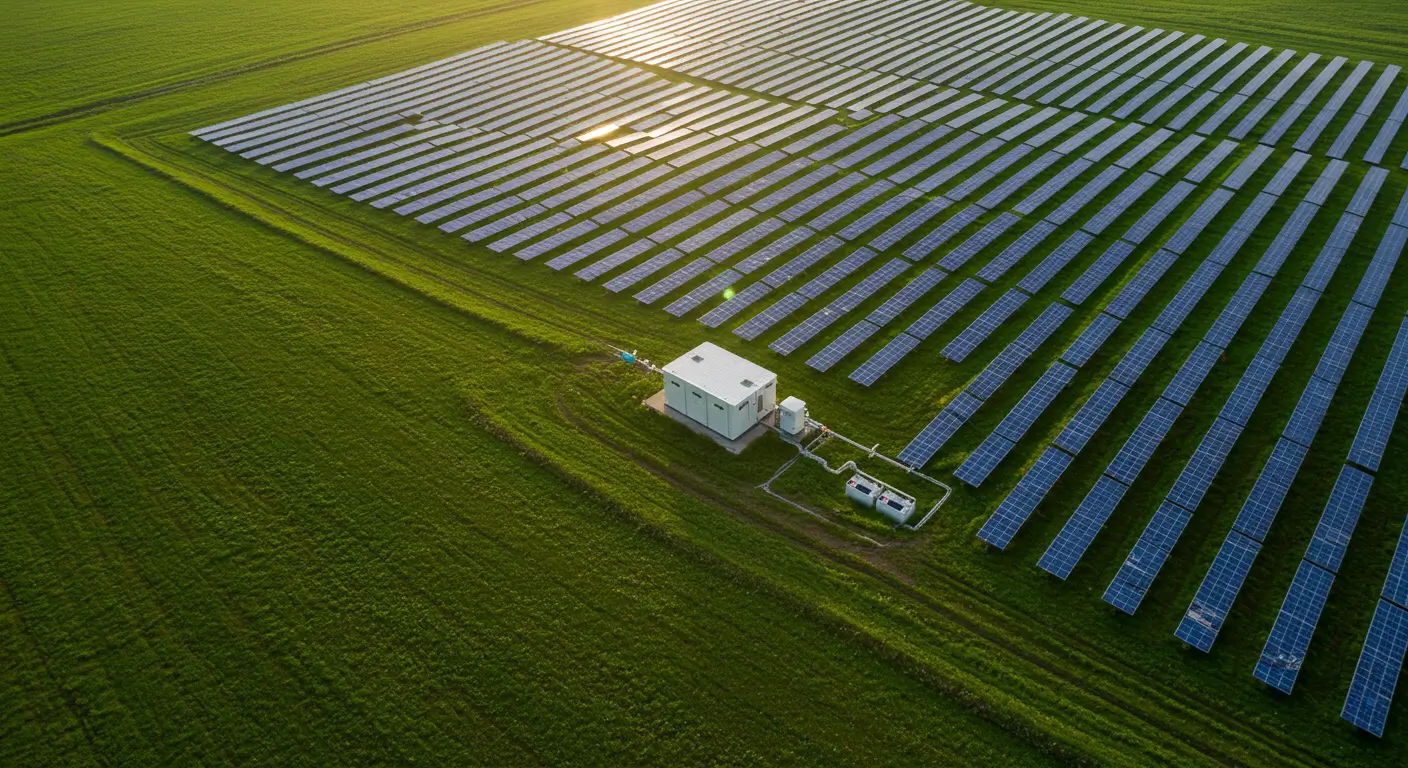
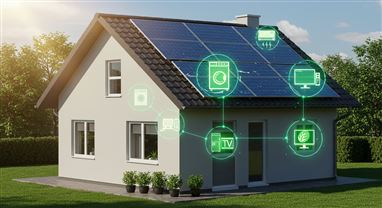
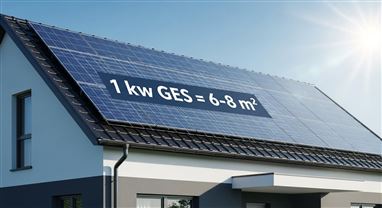
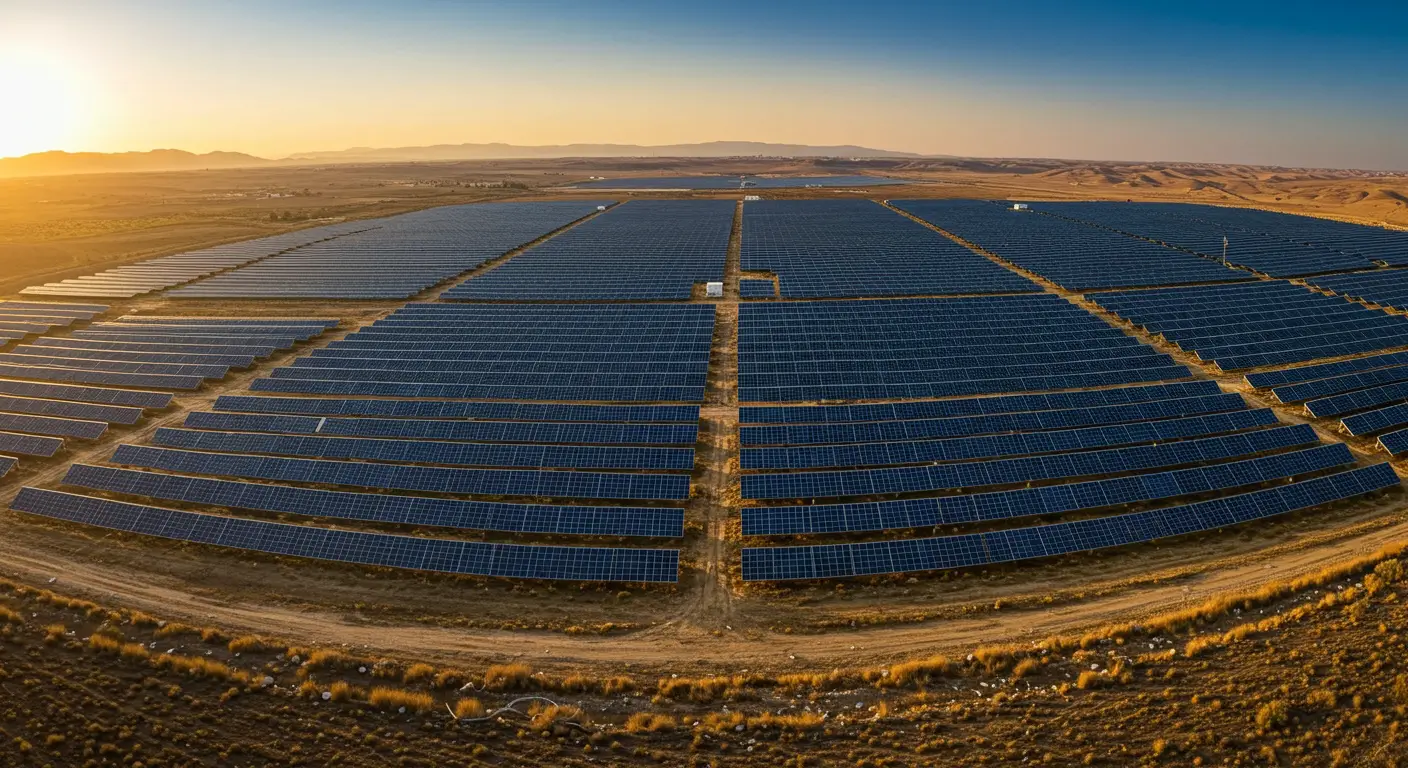
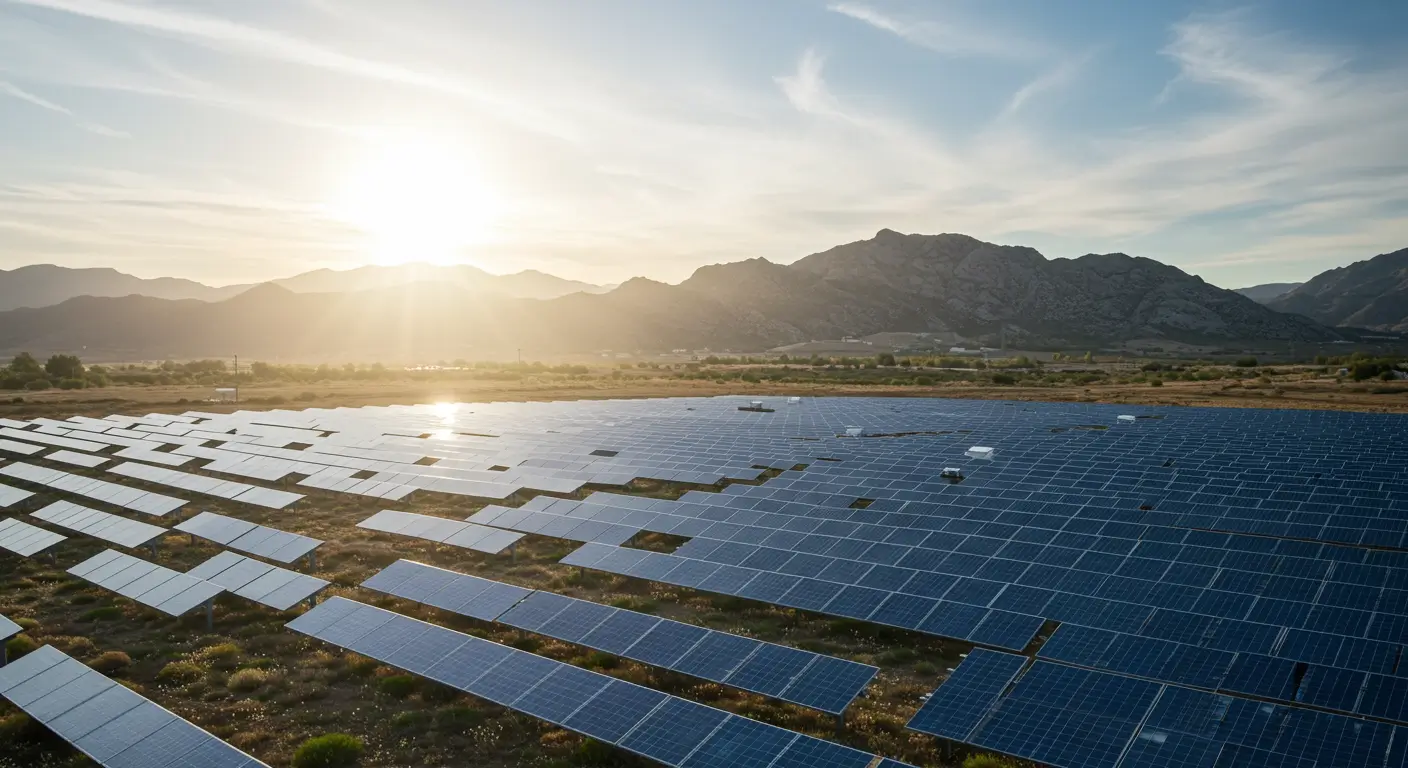
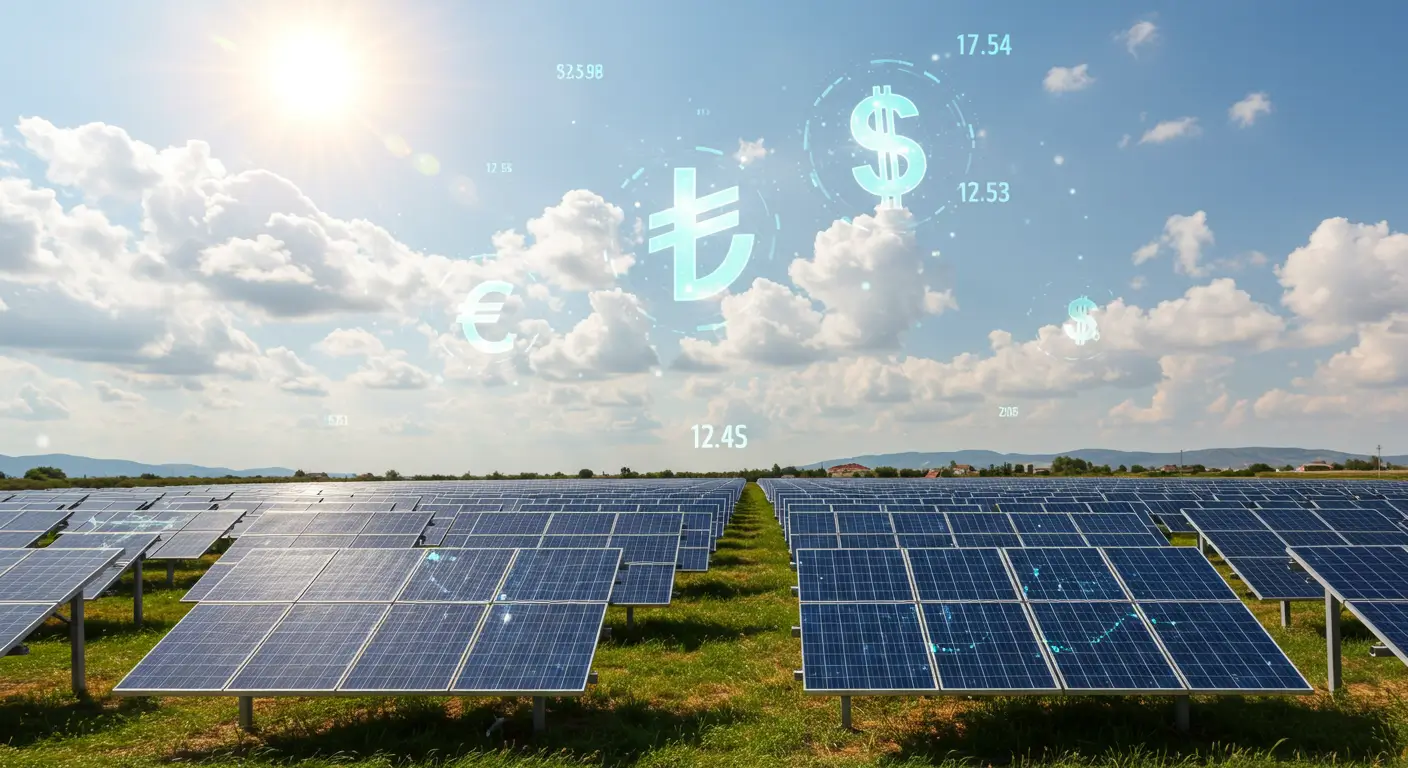
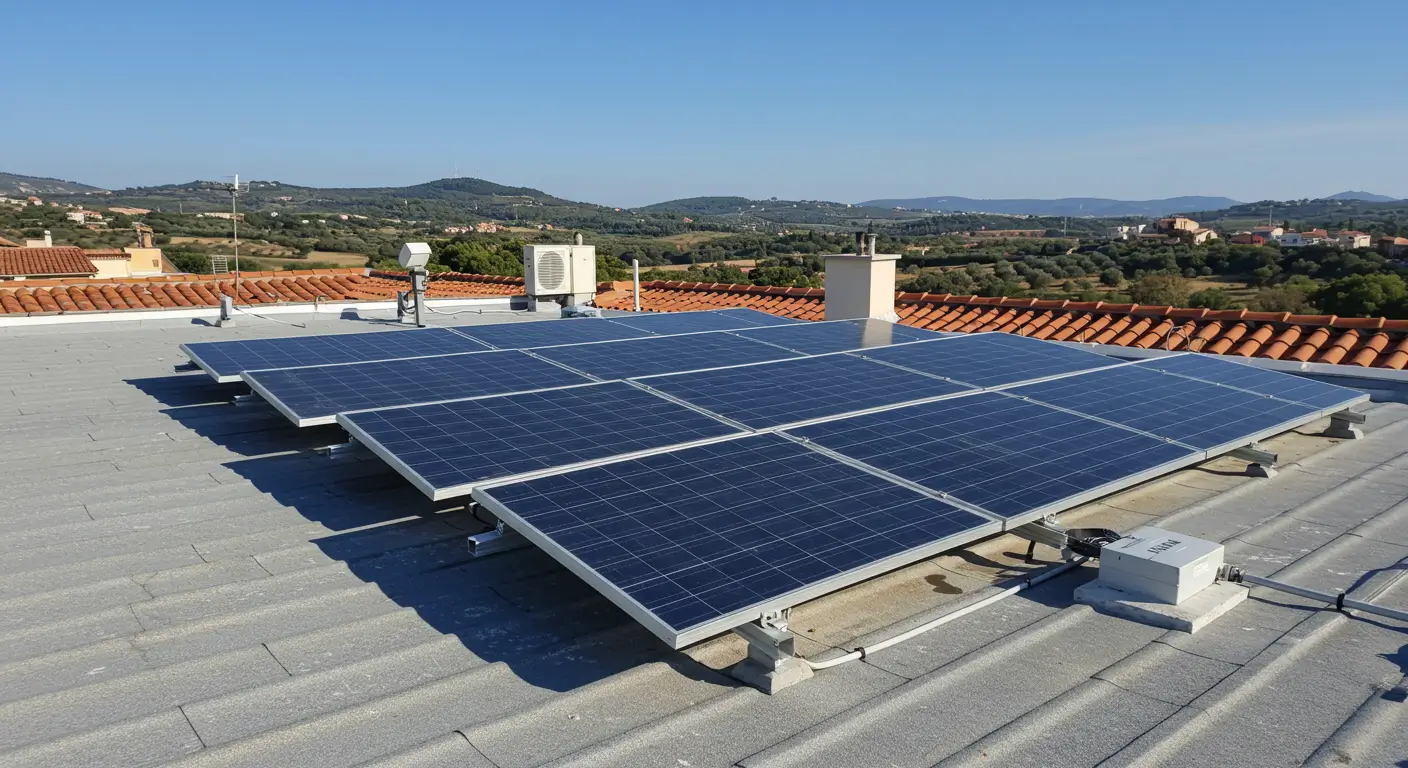
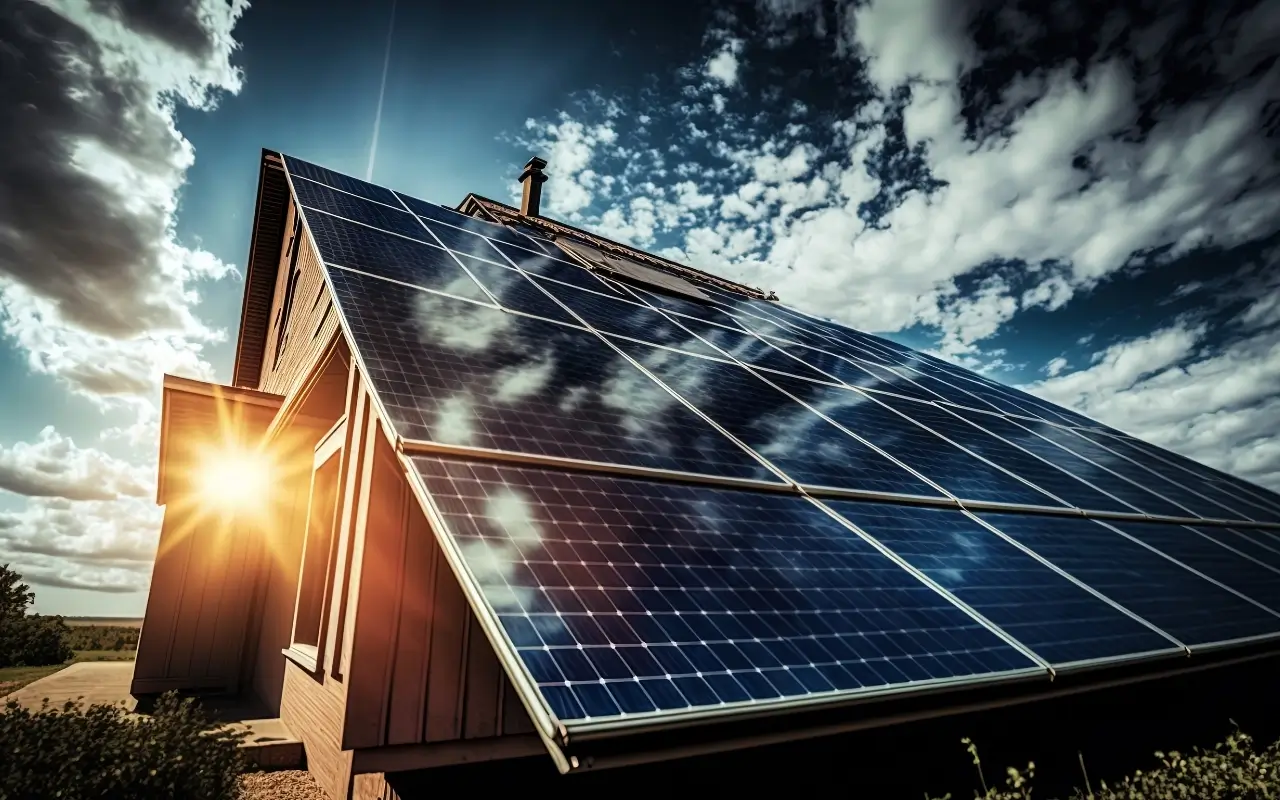
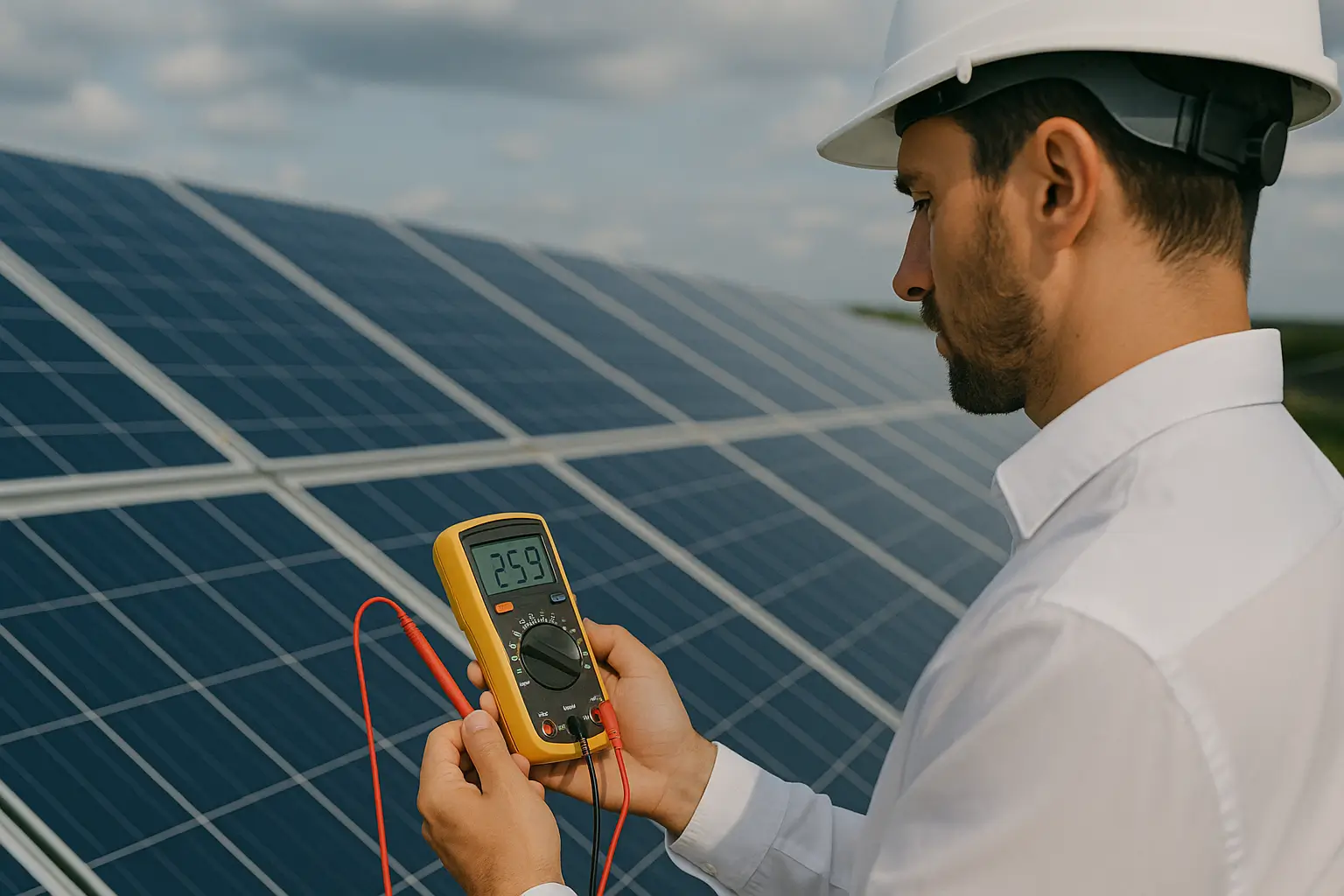
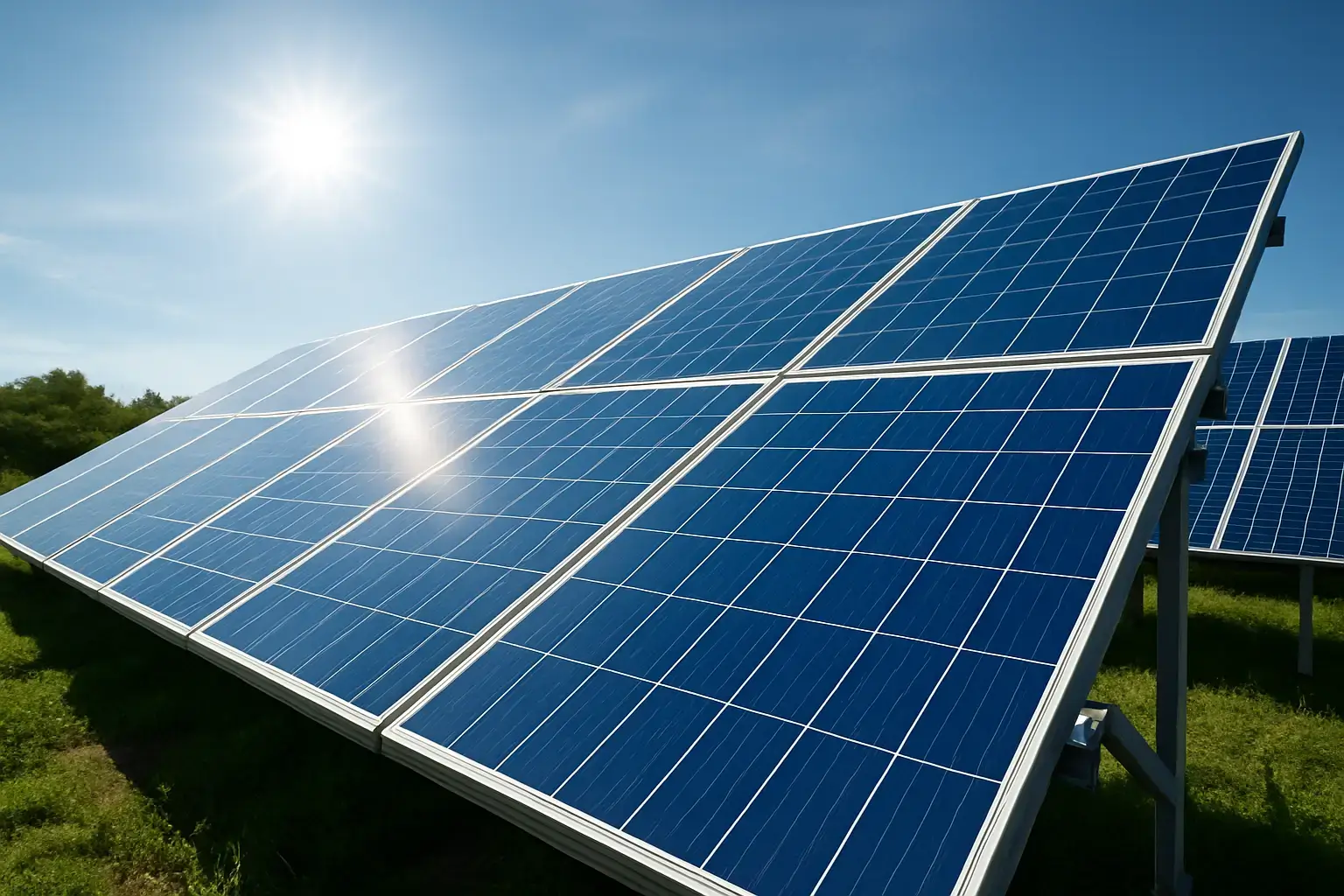

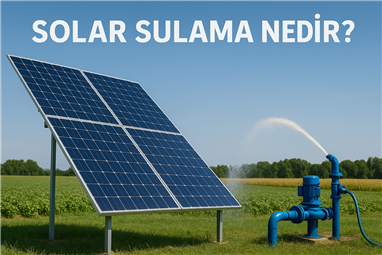
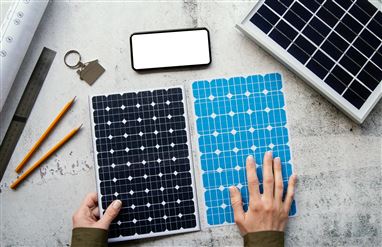
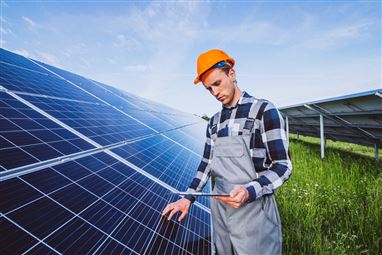
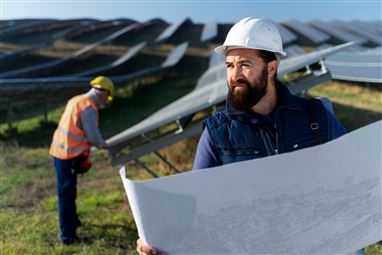
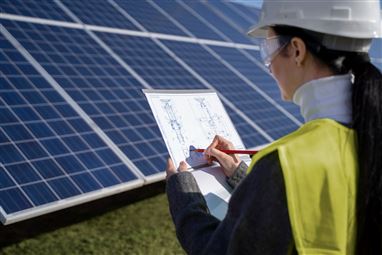
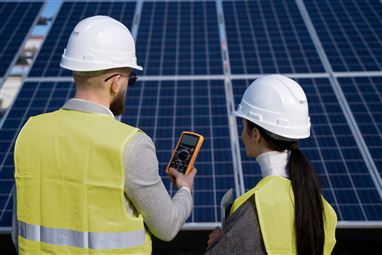
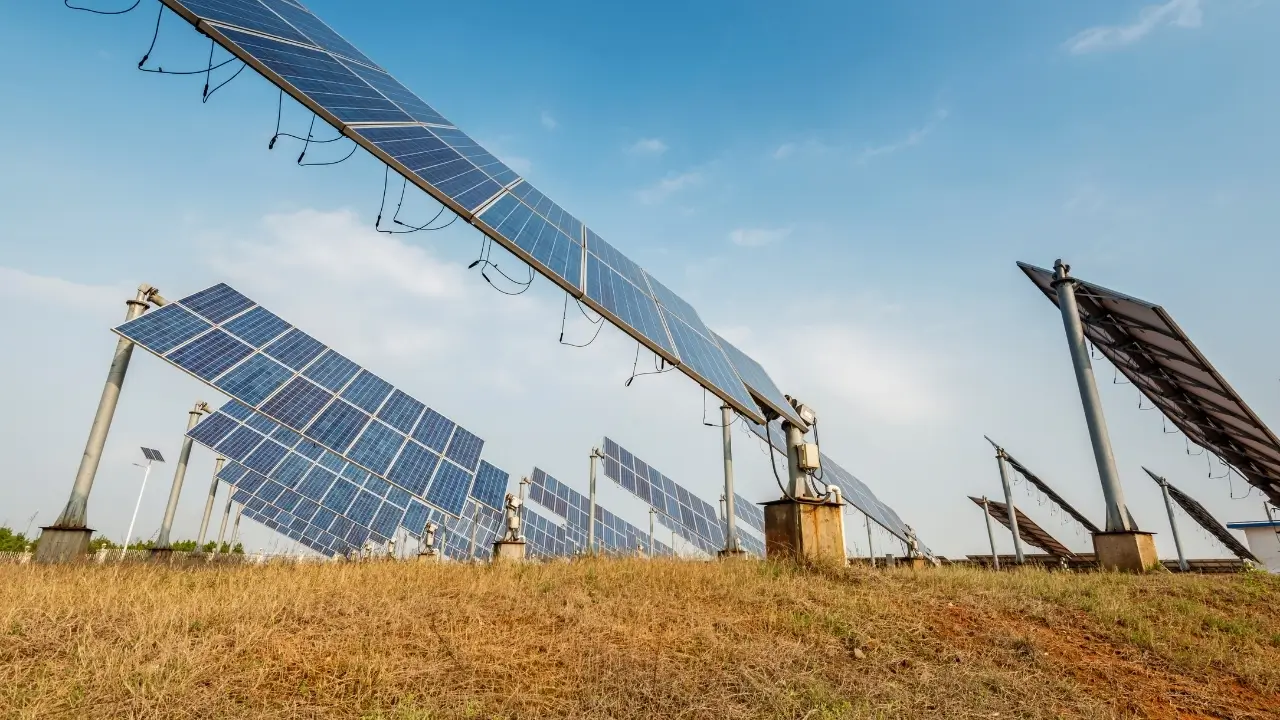
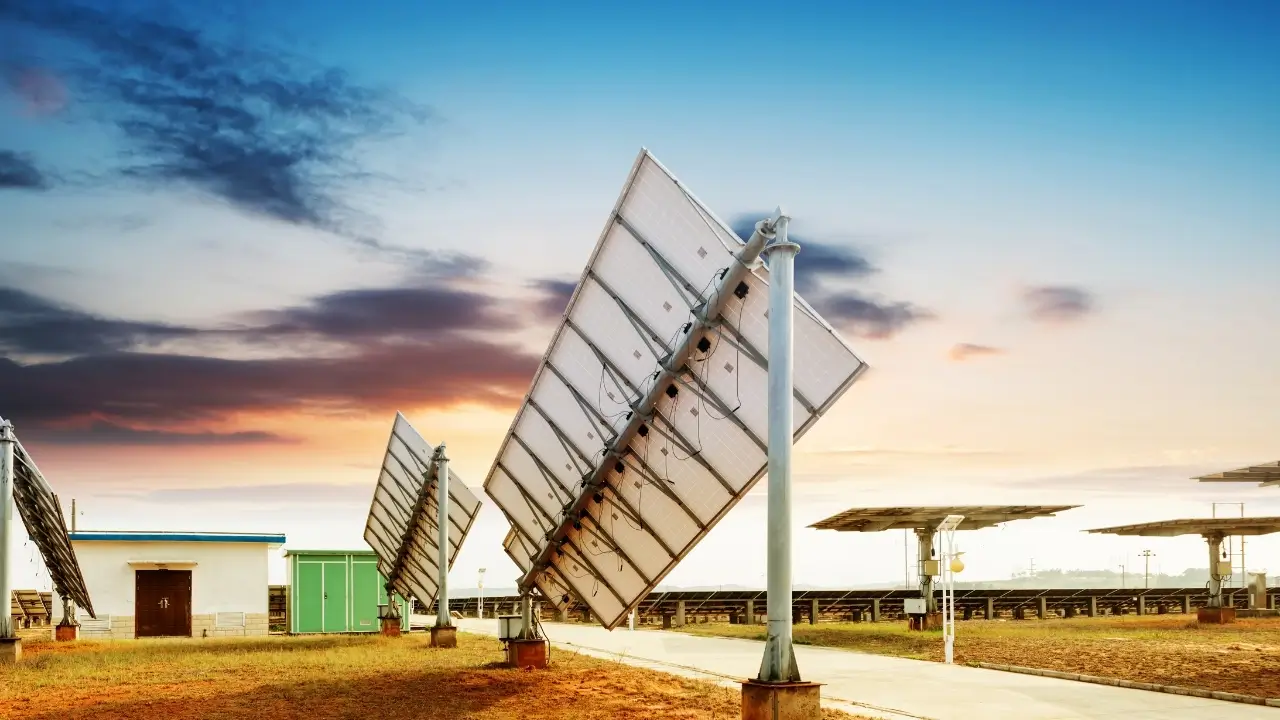
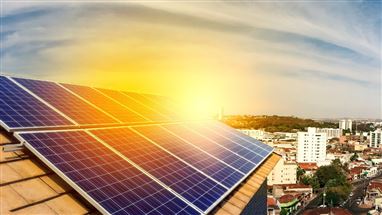
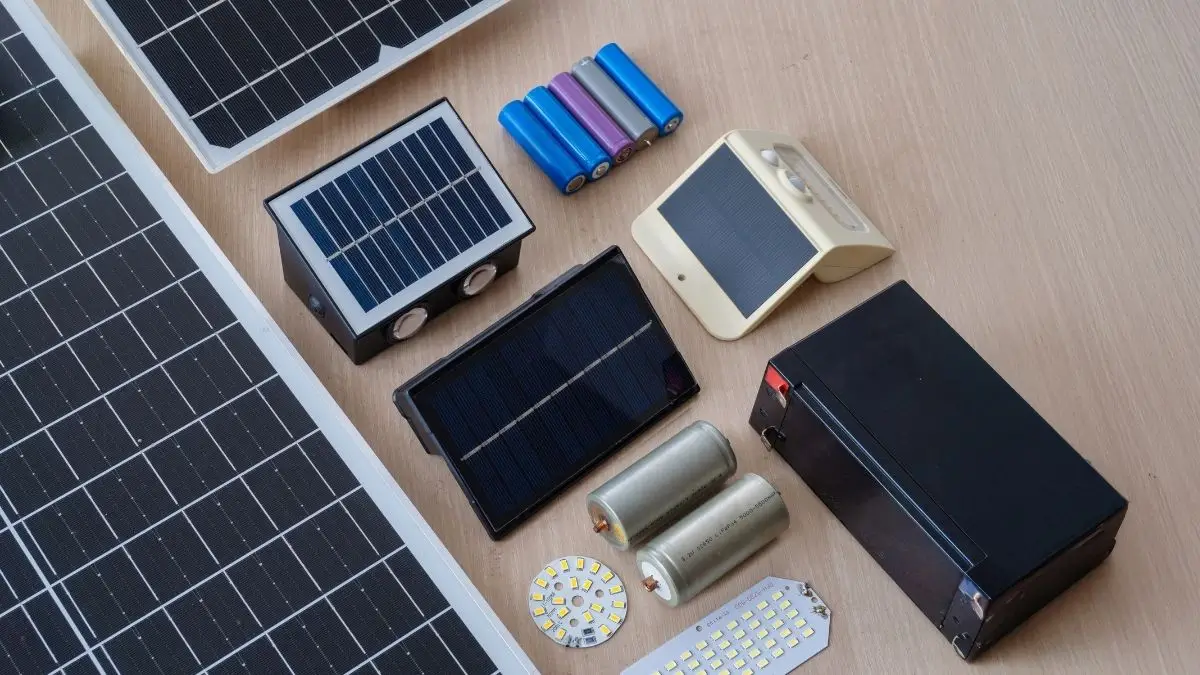
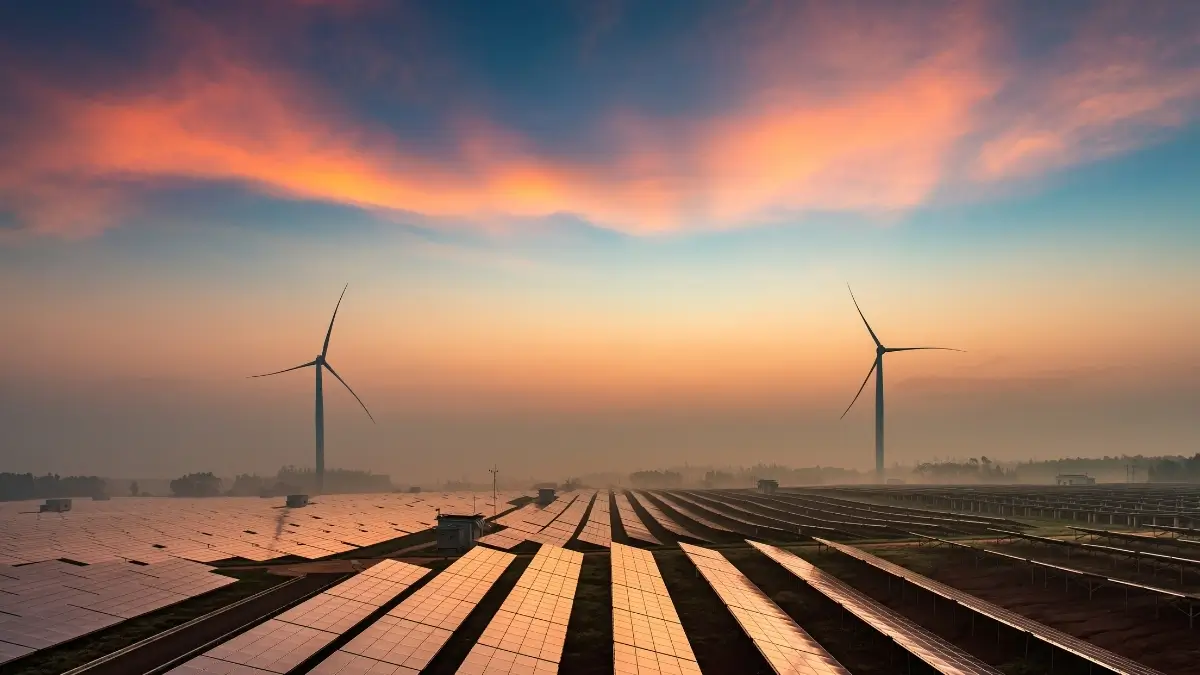
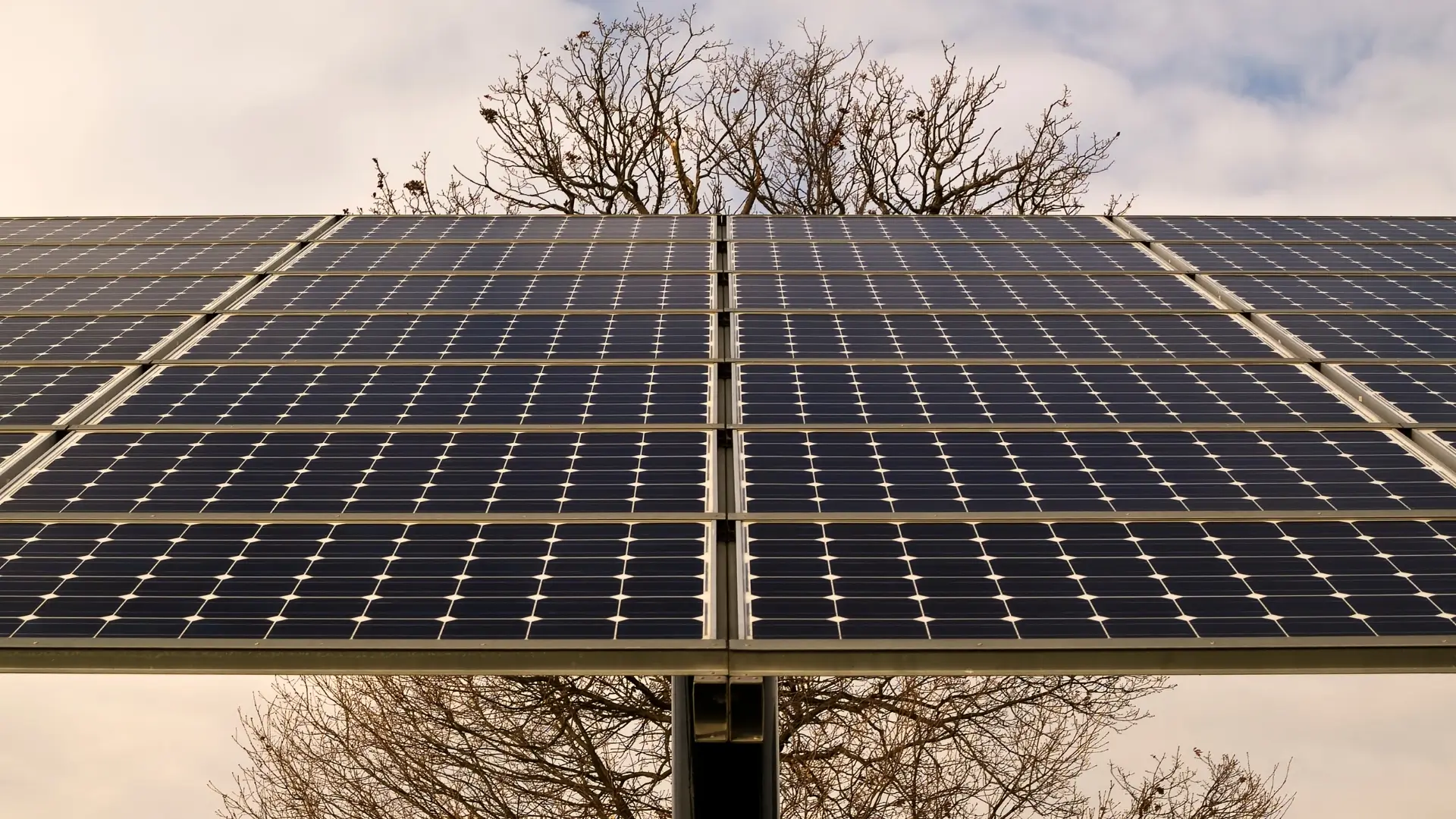
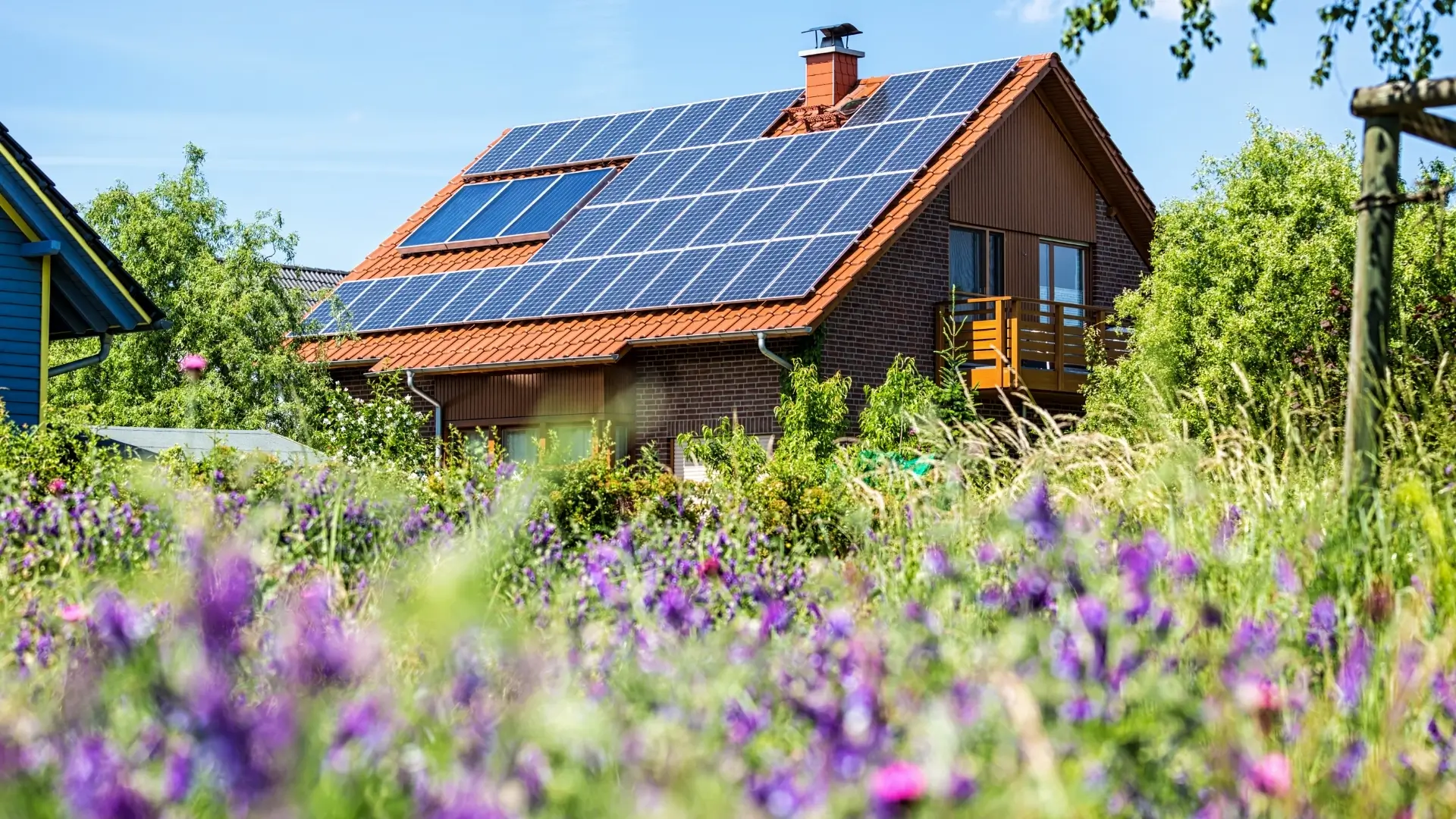
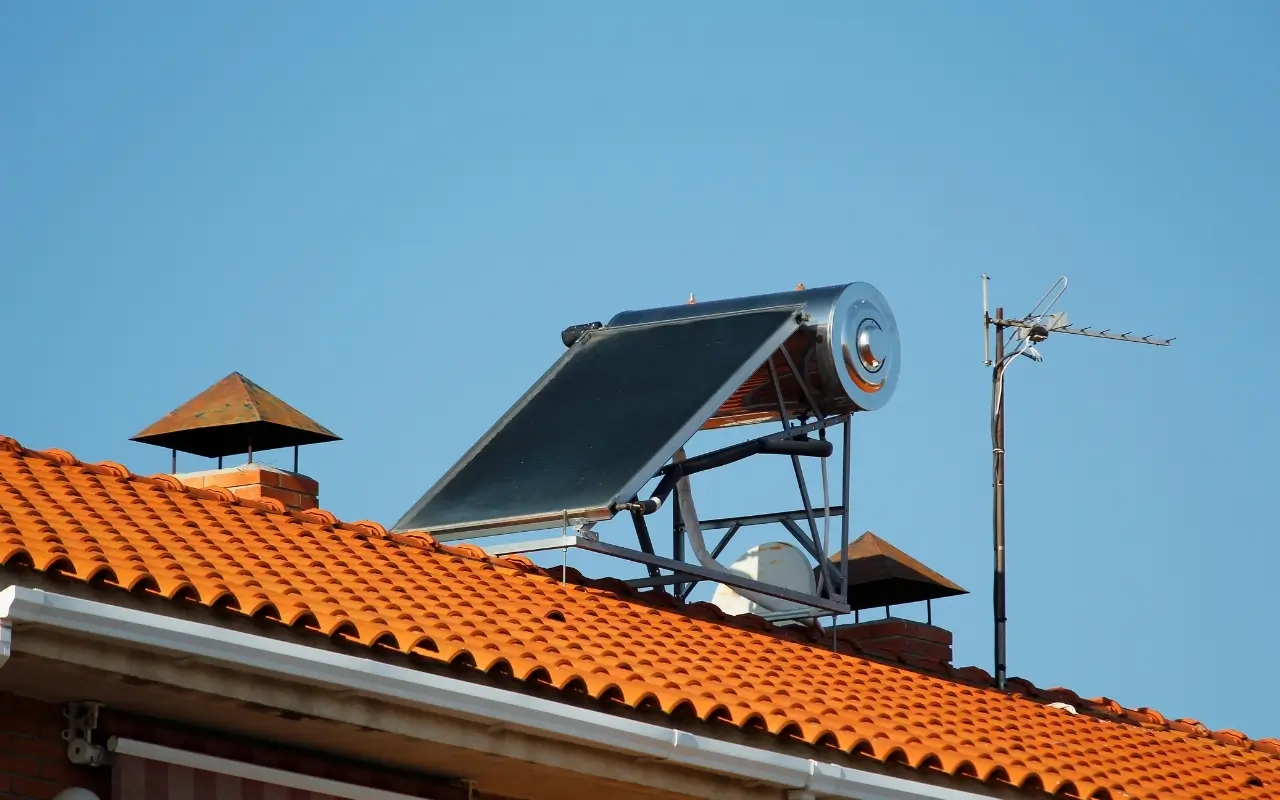
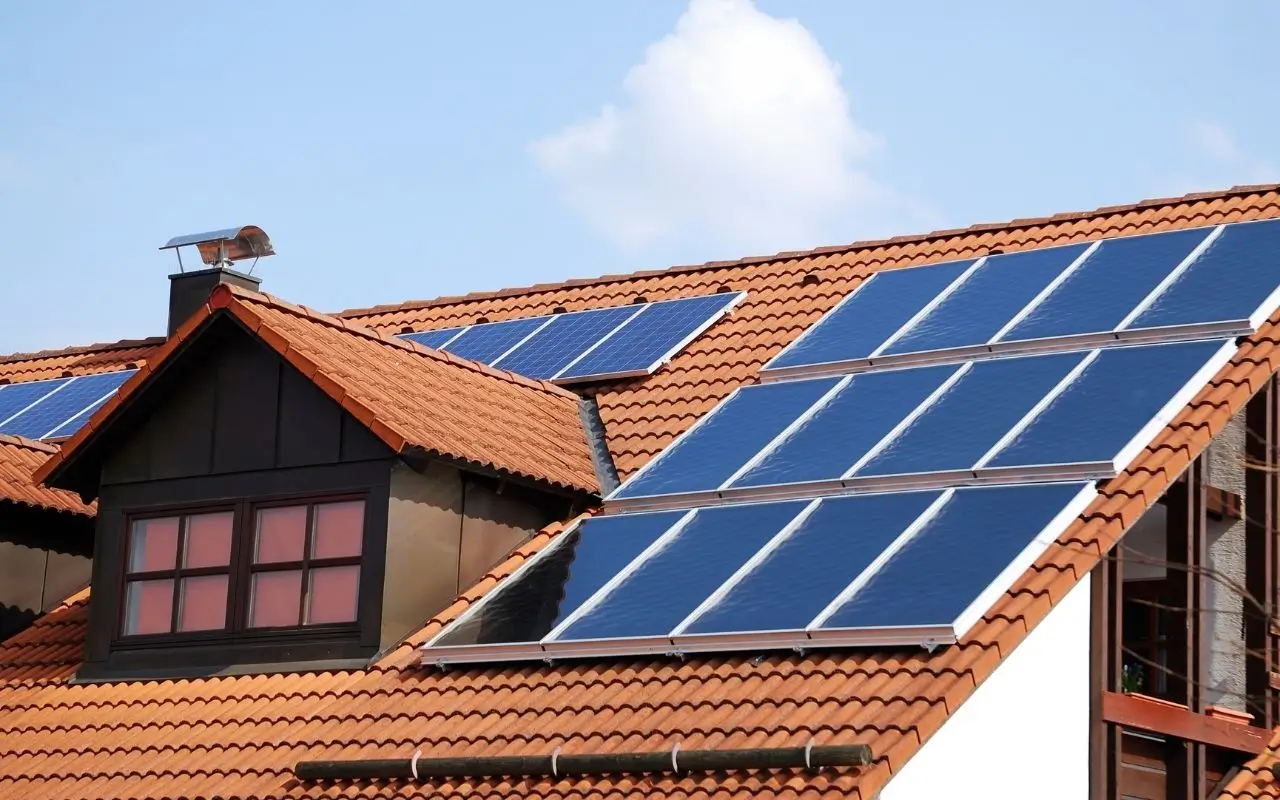
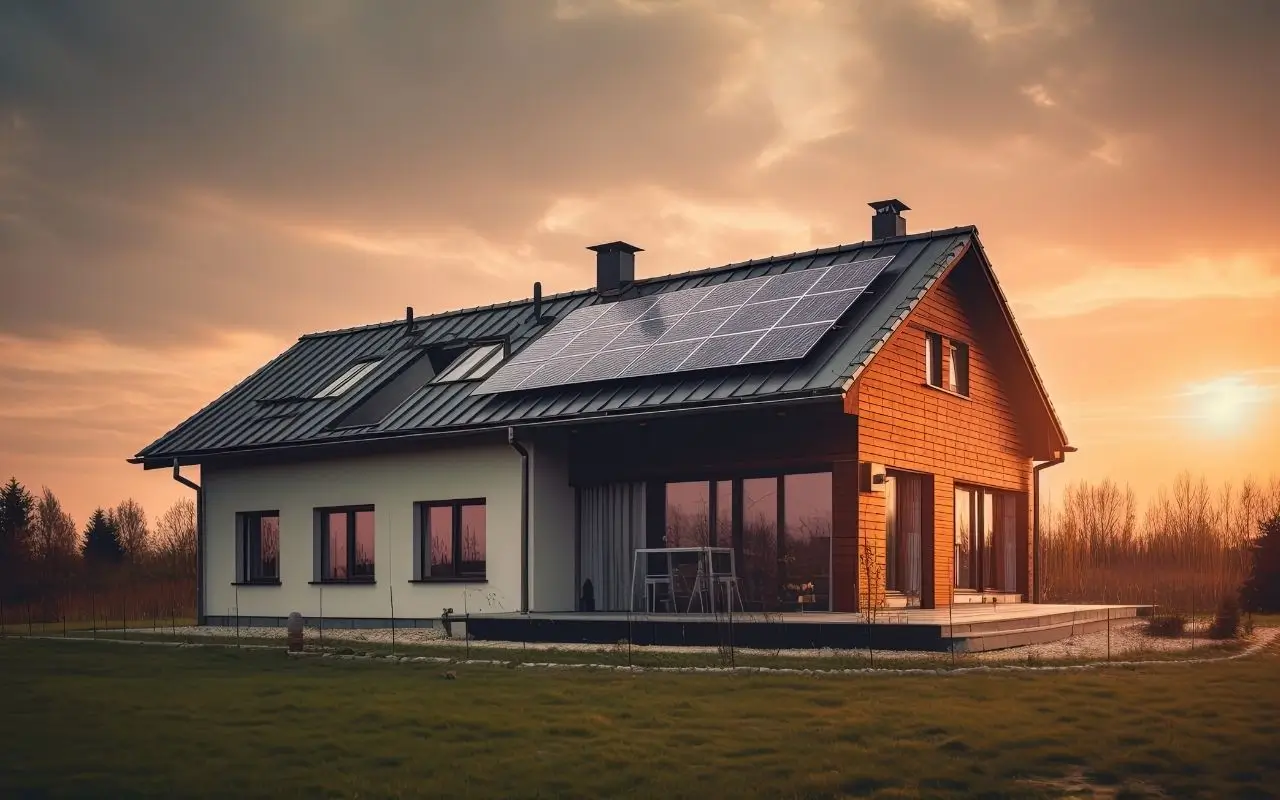
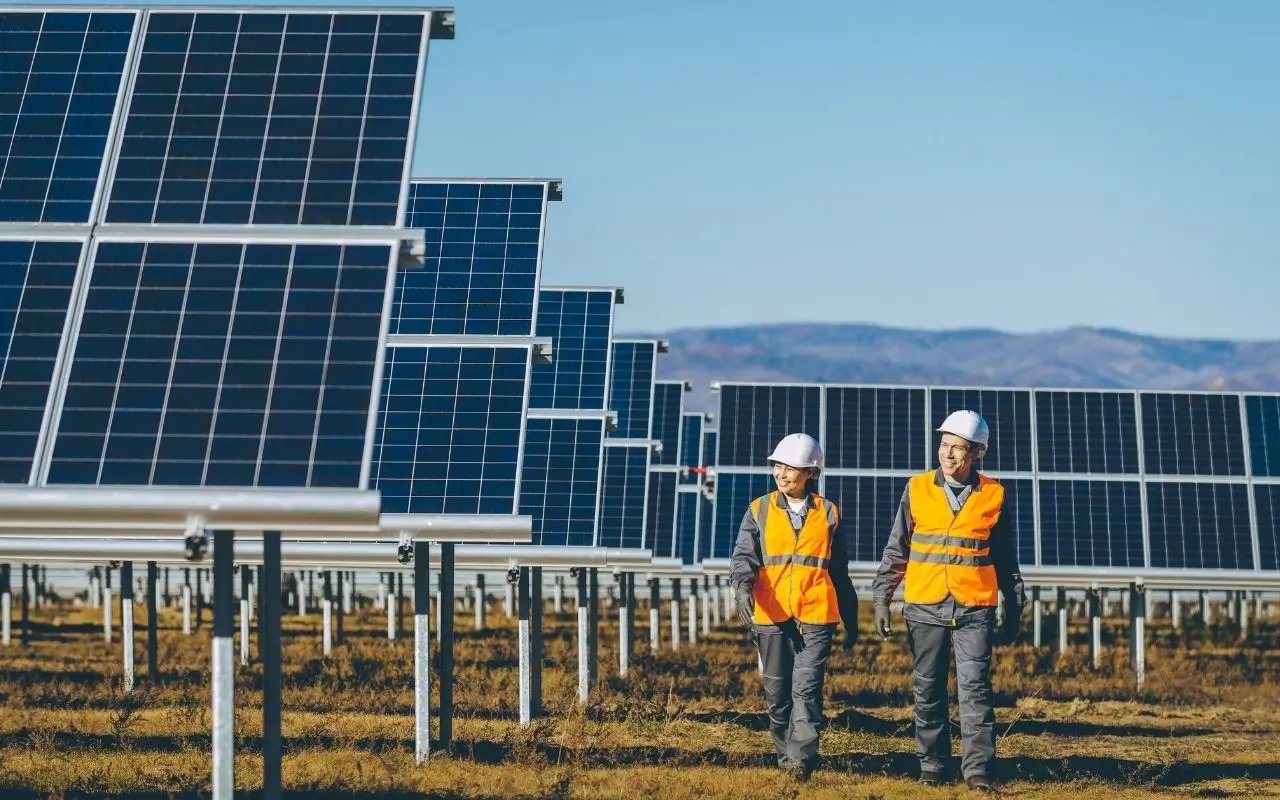
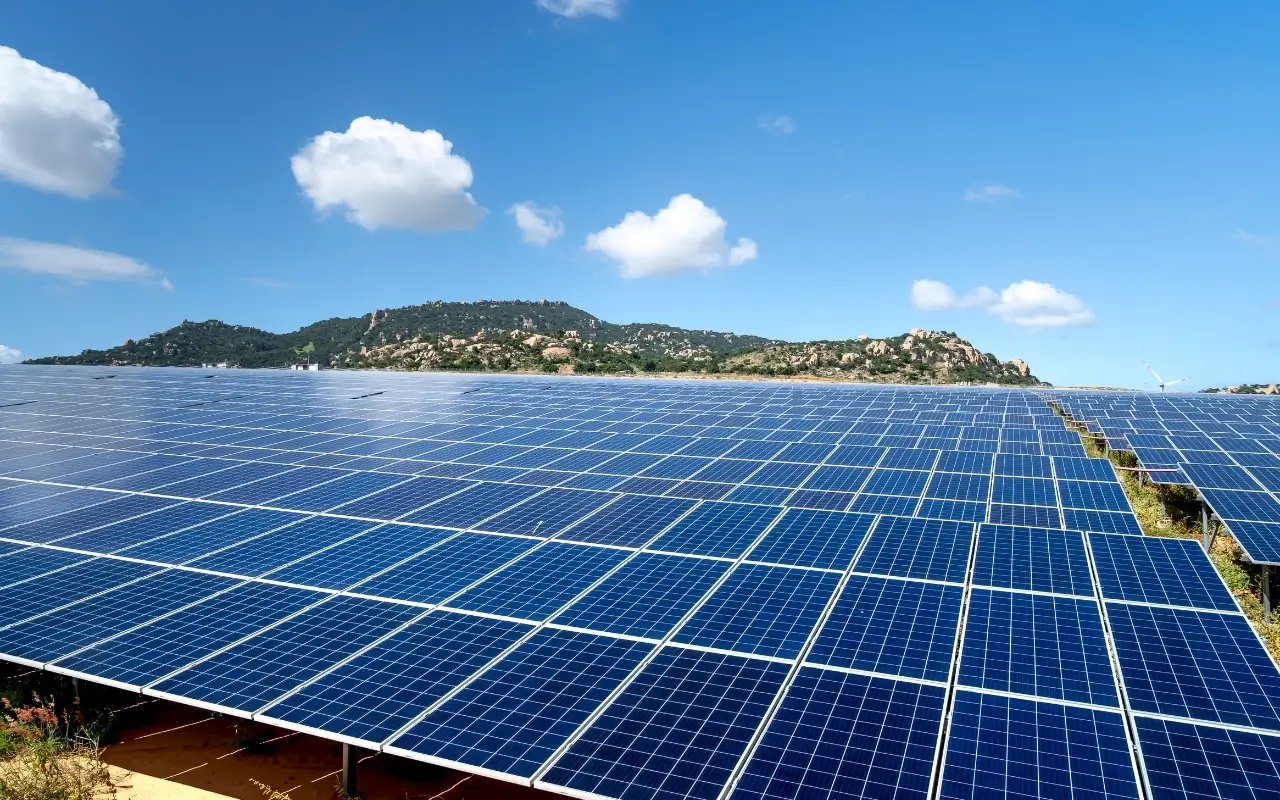
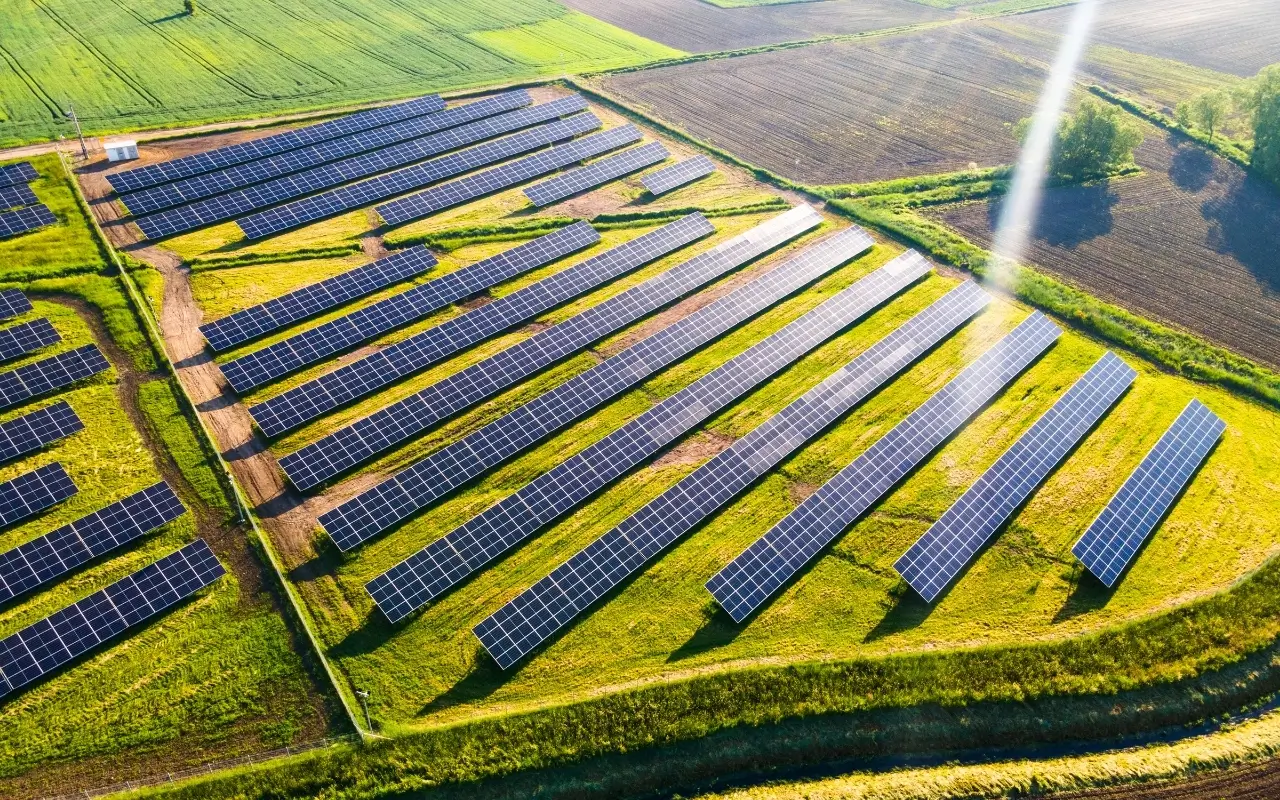
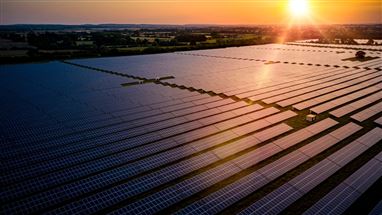
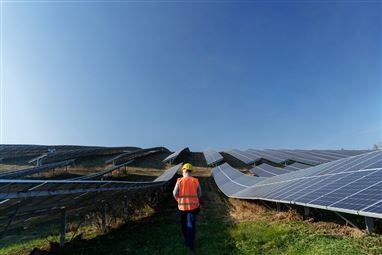
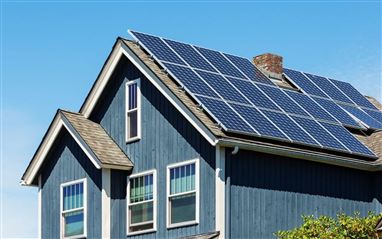
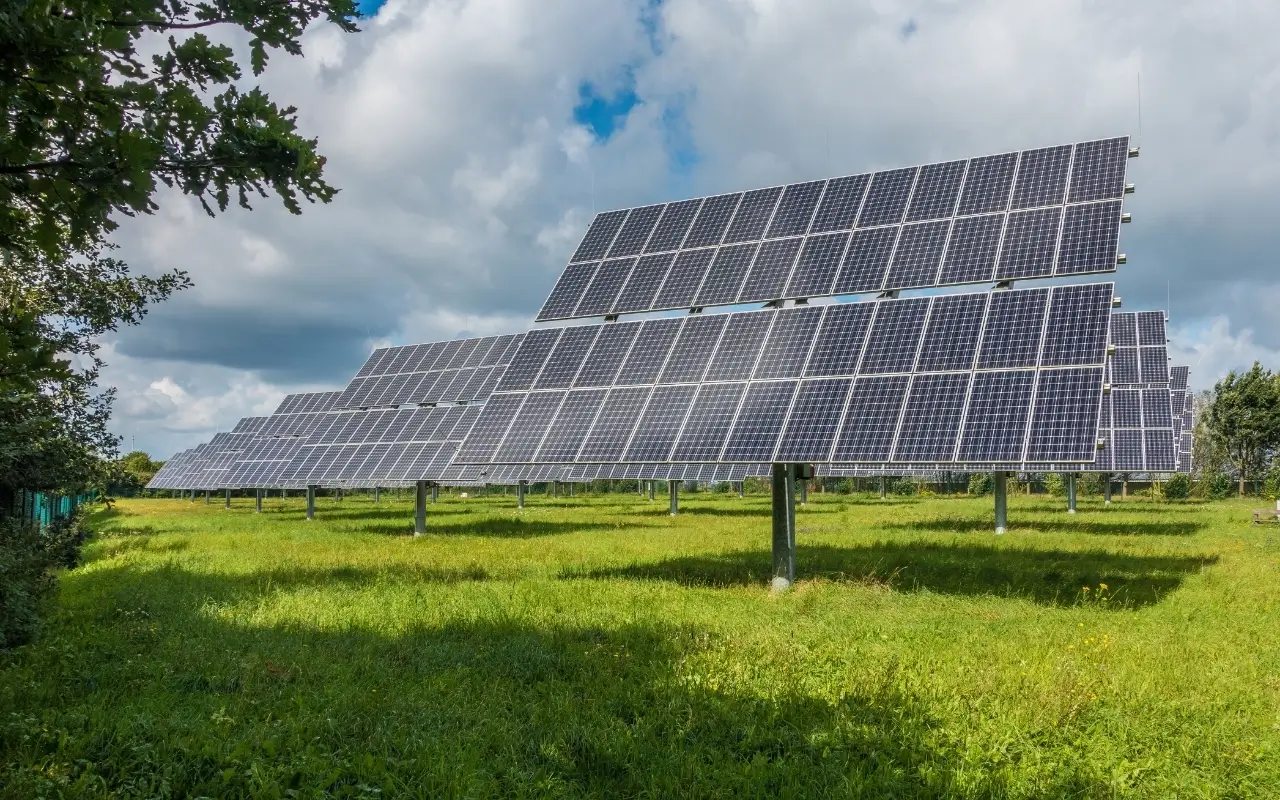
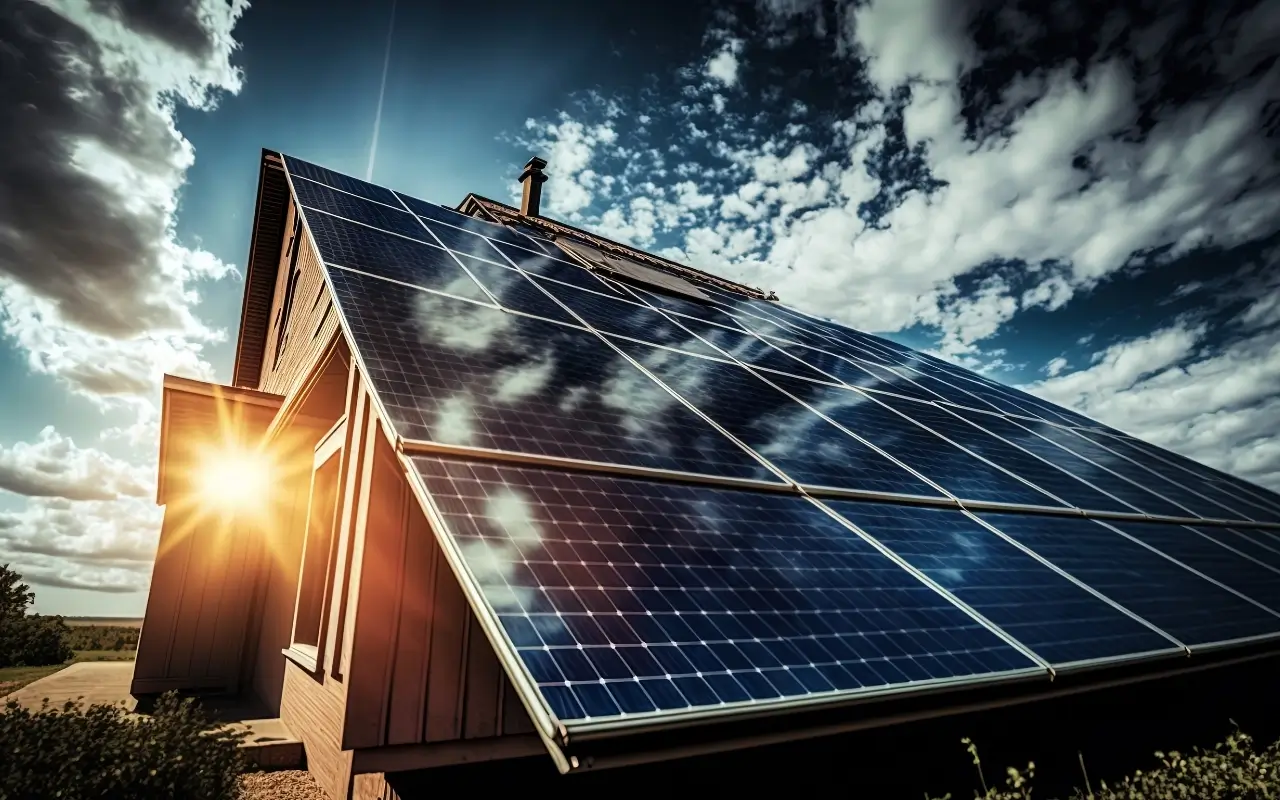
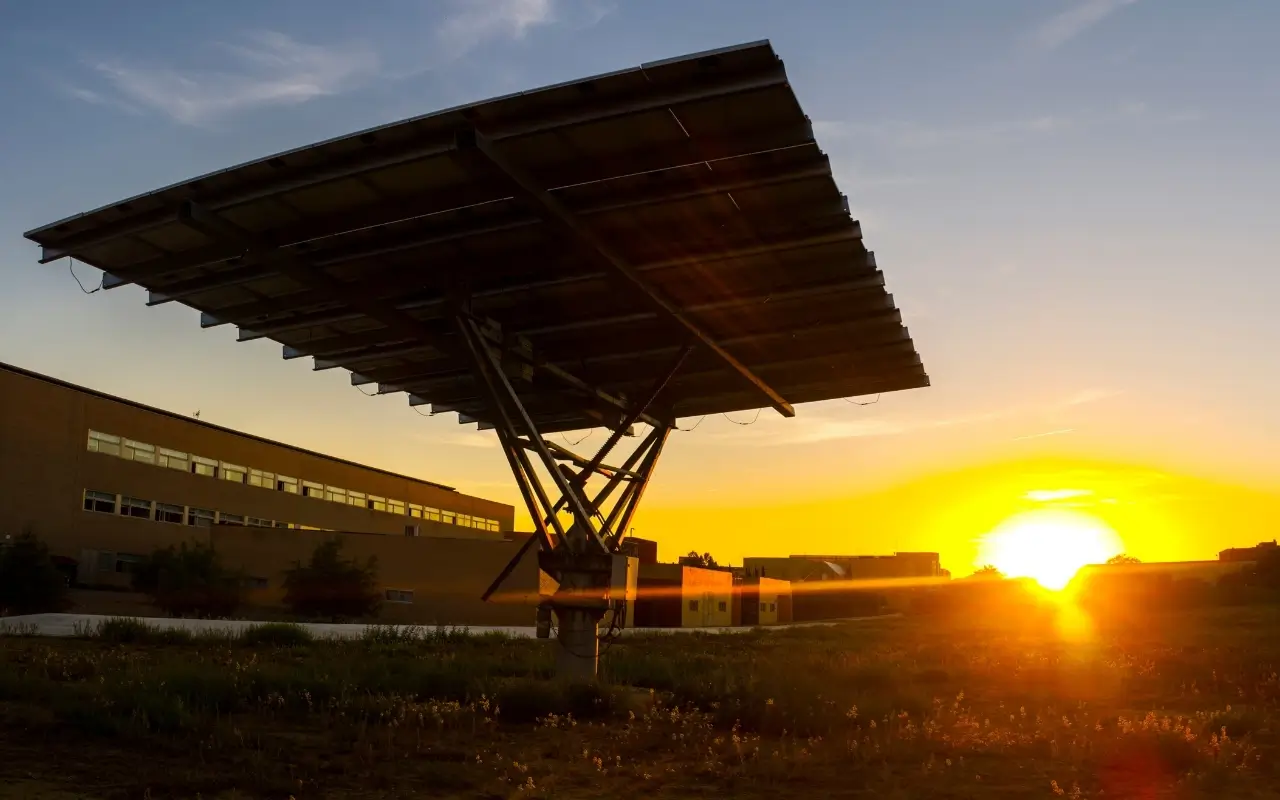
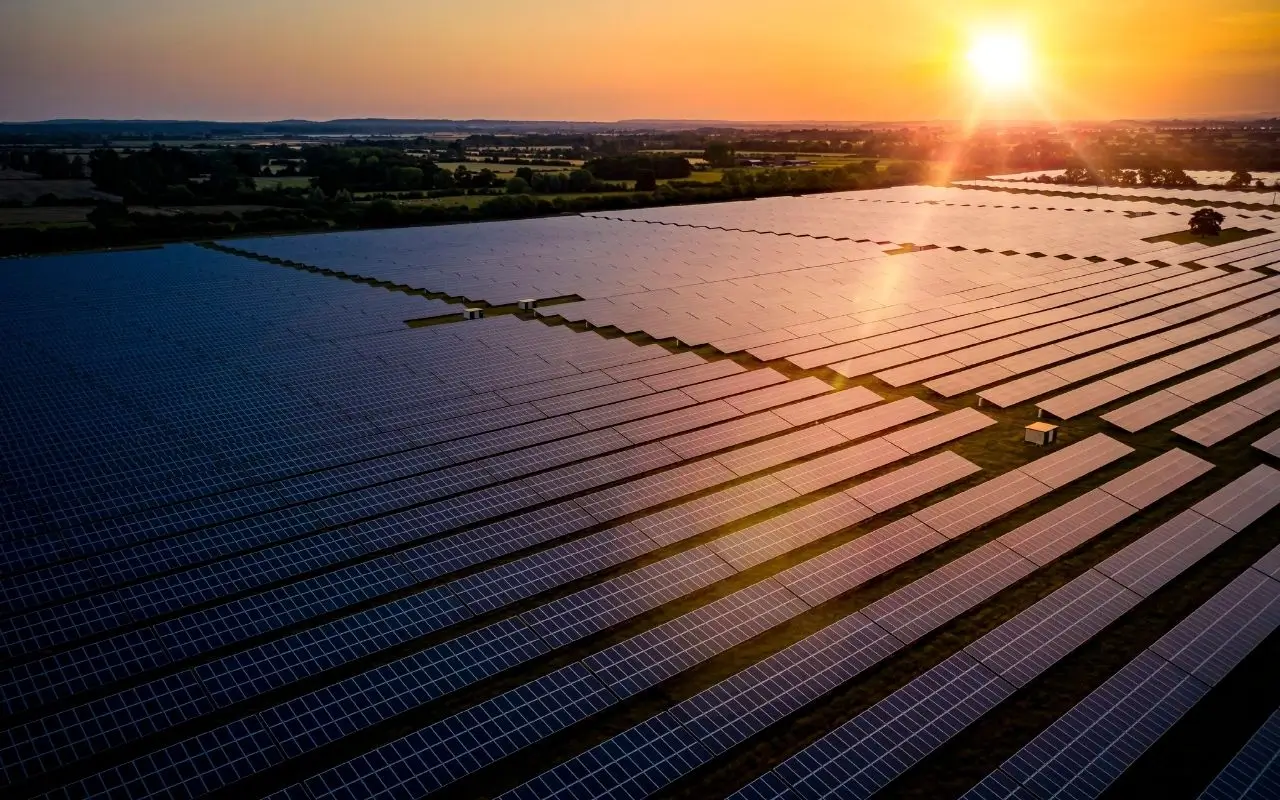
Do Comment